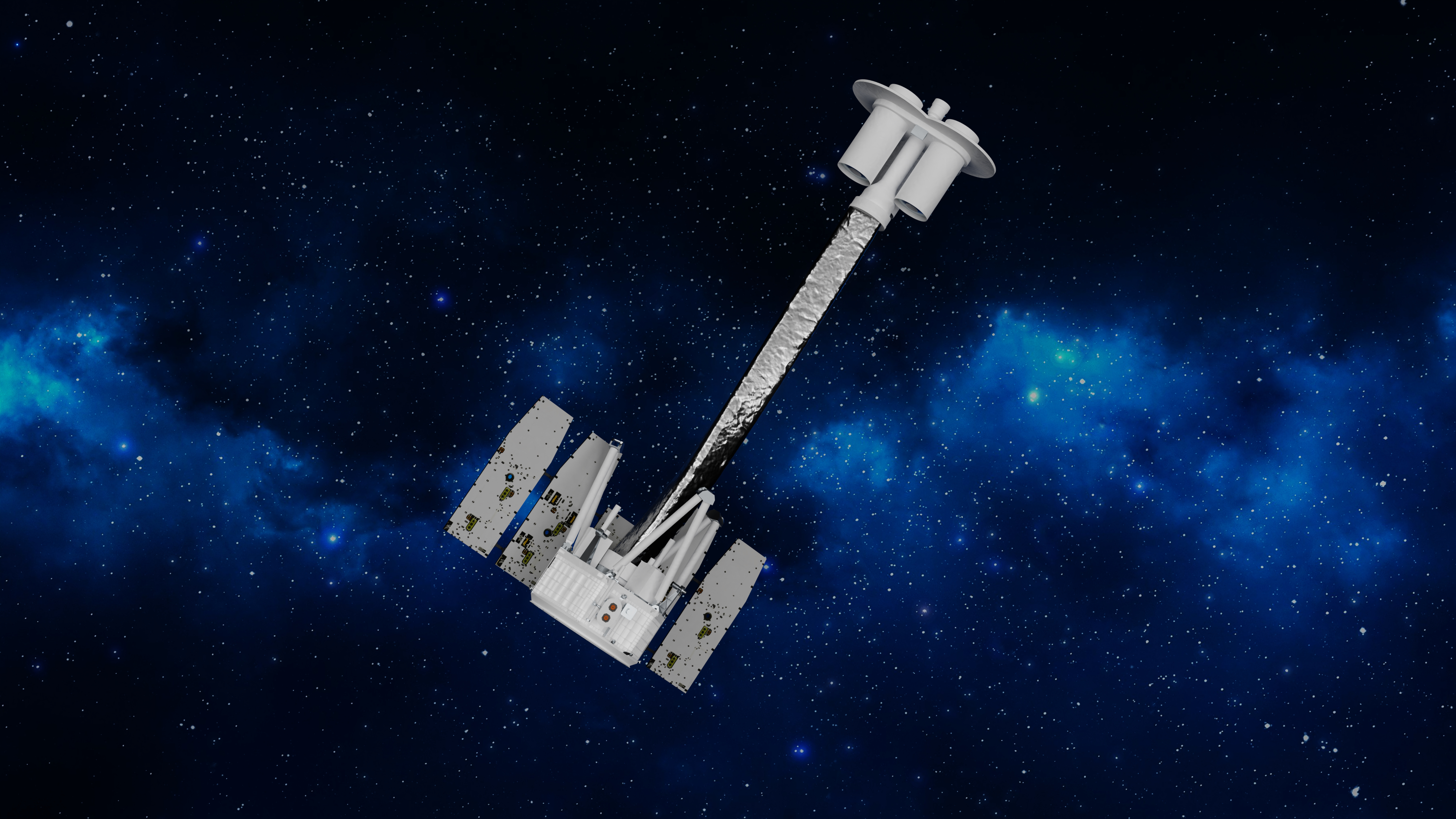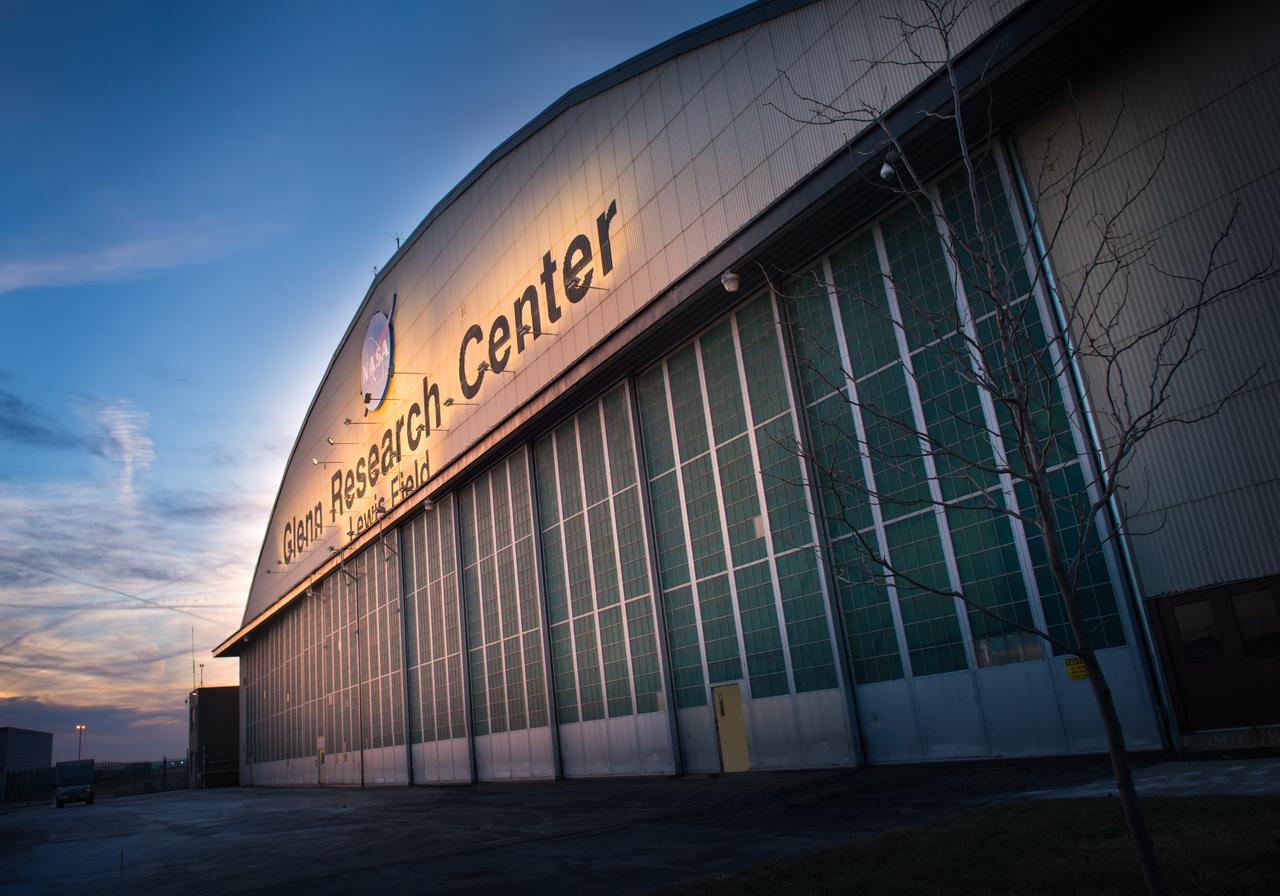NASA’s IXPE Awarded Prestigious Prize in High-energy Astronomy
NASA’s IXPE (Imaging X-ray Polarimetry Explorer) team has been awarded a top prize in high-energy astronomy. The High Energy Astrophysics Division of the American Astronomical Society (AAS) has awarded the 2024 Bruno Rossi Prize to retired NASA astrophysicist Martin Weisskopf, Italian Space Agency principal investigator Paolo Soffitta, and their team for development of IXPE, “whose […]

3 min read
Preparations for Next Moonwalk Simulations Underway (and Underwater)

NASA’s IXPE (Imaging X-ray Polarimetry Explorer) team has been awarded a top prize in high-energy astronomy.
The High Energy Astrophysics Division of the American Astronomical Society (AAS) has awarded the 2024 Bruno Rossi Prize to retired NASA astrophysicist Martin Weisskopf, Italian Space Agency principal investigator Paolo Soffitta, and their team for development of IXPE, “whose novel measurements advance our understanding of particle acceleration and emission from astrophysical shocks, black holes and neutron stars,” according to the AAS announcement.
“IXPE is a realization of decades of work and belief in the importance of X-ray polarization measurements for X-ray astronomy,” said Weisskopf of NASA’s Marshall Space Flight Center in Huntsville, Alabama, who served as the principal investigator of IXPE during its development, prior to retiring from the agency in 2022. “I am honored and excited to share this prize with Paolo Soffitta and the entire IXPE team.”

“IXPE is the demonstration of how an idea pursued for more than 30 years has been transformed into a successful mission, thanks to the collaboration between the United States and Italy,” Soffitta said. “It’s incredible to receive this prize along with Martin Weisskopf and on behalf of so many people whose expertise and enthusiasm have made this breakthrough in astrophysics possible.”
Launched on Dec. 9, 2021, and developed by NASA, the Italian Space Agency, and partners in a dozen countries around the globe, IXPE orbits Earth some 340 miles up to observe X-ray emissions from powerful cosmic phenomena hundreds or thousands of light-years from Earth. In 2023 alone, its subjects of study included blazars such as Markarian 501 and Markarian 421, supernova remnants including Tycho and SN 1006, and the supermassive black hole at the center of our own galaxy.
IXPE also supports study of unanticipated cosmic events – such as the brightest pulse of high-energy radiation ever recorded, which swept through Earth’s solar system in late 2022. IXPE’s success led NASA to formally extend the mission for an additional 20 months, through at least September 2025.
“We at NASA are incredibly proud of Dr. Weisskopf and the IXPE team around the world,” said Acting Marshall Center Director Joseph Pelfrey. “IXPE allows us to look at the universe through a vantage point never seen before. It’s particularly gratifying to continue Marshall’s long association with the Rossi Prize, which identifies singular breakthroughs and unprecedented innovation in high-energy astrophysics – a field in which our researchers excel.”
Weisskopf, together with Harvard astrophysicist Harvey Tananbaum, previously received the Rossi Prize in 2004 for their work to develop and fly NASA’s Chandra X-ray Observatory, which continues to study high-energy X-ray phenomena across the cosmos. NASA Marshall researchers Gerald Fishman and Colleen Wilson-Hodge also were awarded the Rossi Prize in 1994 and 2018, respectively. Fishman was honored for his contributions to the Compton Gamma-ray Observatory’s BATSE (Burst and Transient Source Experiment) mission. Wilson-Hodge received the honor for her work with the Fermi GBM (Gamma-ray Burst Monitor) in August 2017, detecting gravitational and light waves from the spectacular smashup of two neutron stars in a distant galaxy.
The Rossi Prize is awarded annually for a significant recent contribution to high-energy astrophysics. The honor includes an engraved certificate and a $1,500 award.
Learn more about NASA’s high-energy astrophysics research:
https://science.nasa.gov/astrophysics
Elizabeth Landau
NASA Headquarters
elizabeth.r.landau@nasa.gov
202-358-0845
Jonathan Deal
Marshall Space Flight Center, Huntsville, Ala.
256-544-0034
jonathan.e.deal@nasa.gov
What's Your Reaction?
















































